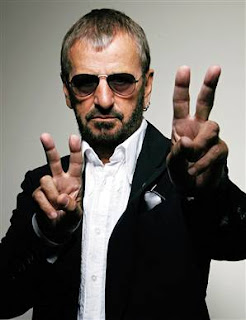New The Beatles Game From Harmonix
Fans The Beatles must be happy, because The developer, Harmonix, will be released a "RockBand:The Beatles".Rock Band video game is a game where we can play the withdrawal by a group of bands because of the joystick from the game in the form of guitar, drums and microphone. In this game we will play some songs with the beatles sound spectacular.
The latest news said that later on when this game will be released in the complete package with a bundle. The developer, Harmonix, will include a limited edition package for $ 250. The contents of this package include:
The developers do not play in managing this game. Also planned later in the game will be created a system where the singer can sing in harmony. Exactly as performed by The Beatles, the sound of one-two between John Lennon and Paul McCartney songs fill the The Beatles. With this system the game will be expected to become more alive.
In recent Paul McCartney concert at Coachella on Friday yesterday (april 17) give the audience a surprise by video snippets from this game. With the duration of the video for approximately 9 minutes this sepenggal we can see the animation of the most awaited game this year. The Harmonix will release this game on 9 September 2009.
I'm waiting for it [smile]
The latest news said that later on when this game will be released in the complete package with a bundle. The developer, Harmonix, will include a limited edition package for $ 250. The contents of this package include:
- The Beatles: Rock Band software
- Höfner Bass controller: the size of the original approach as used by Paul McCartney
- A Ludwig drum controller and a kick drum head vintage.
- Microphone
- Microphone Stand
- Additional special content
The developers do not play in managing this game. Also planned later in the game will be created a system where the singer can sing in harmony. Exactly as performed by The Beatles, the sound of one-two between John Lennon and Paul McCartney songs fill the The Beatles. With this system the game will be expected to become more alive.
In recent Paul McCartney concert at Coachella on Friday yesterday (april 17) give the audience a surprise by video snippets from this game. With the duration of the video for approximately 9 minutes this sepenggal we can see the animation of the most awaited game this year. The Harmonix will release this game on 9 September 2009.
I'm waiting for it [smile]



